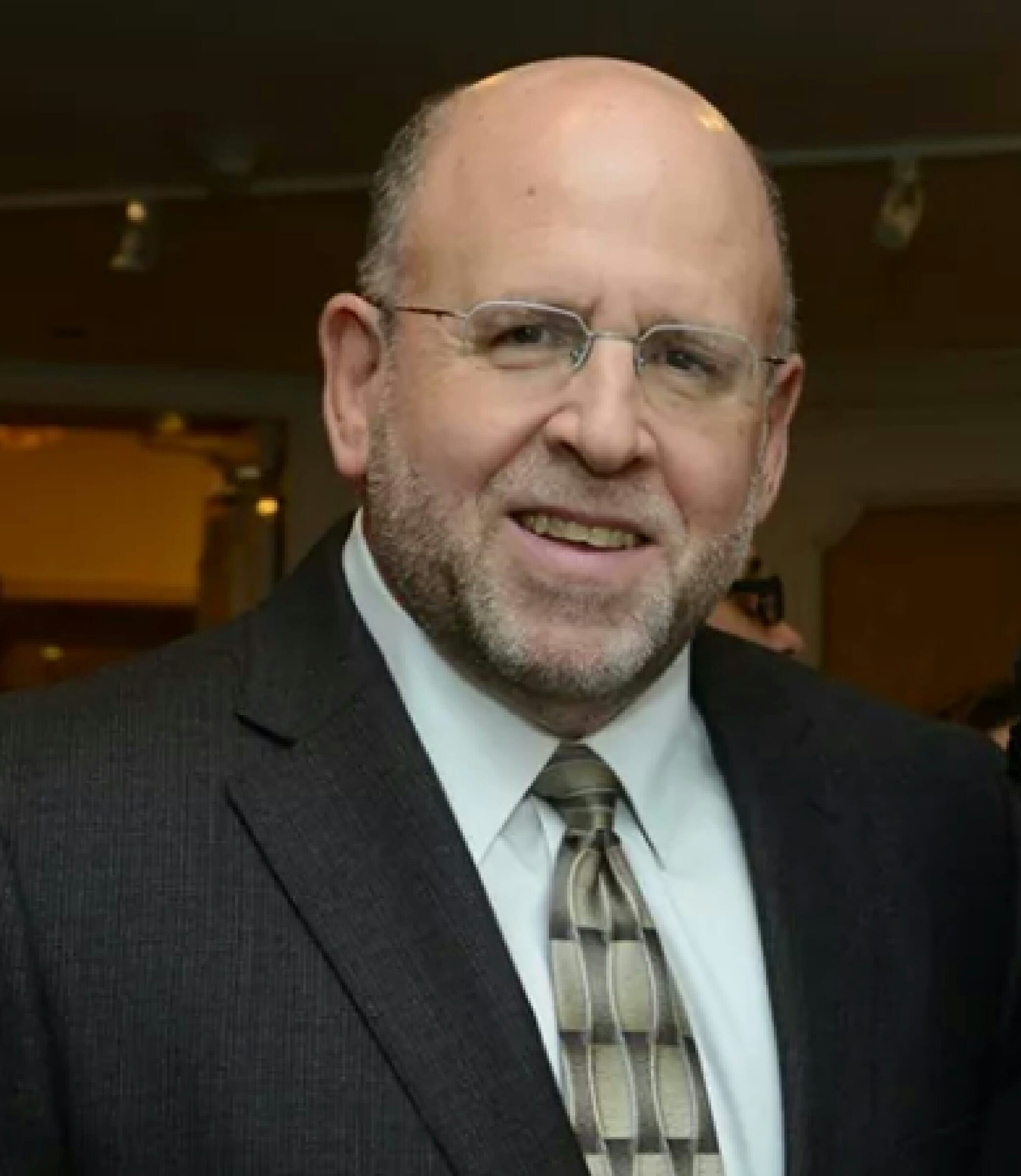By Andrew Malekoff
Ever since Minneapolis police officer Derek Chauvin strangled George Floyd to death on May 25, there have been sustained protests for racial justice and equity. “Black Lives Matter” has become the rallying cry.
Language – how it is expressed and received, is a funny thing. Between home and work and the time I spend on social media I interact regularly with a diverse group of people, who often have different interpretations of the same events.
Different words and actions mean different things to different people, depending on their lived experience and implicit bias, which refers to certain attitudes, myths or stereotypes that influence one’s understanding and behavior in ways that escape conscious awareness.
For example, in reaction to the phrase “Black Lives Matter,” some are quick to offer the rejoinder “All Lives Matter.” To understand that the former does not deny the latter and that the latter may not appreciate the intention of the former, is the result of implicit bias.
Another example of terms that confuse are individual and structural racism. Because one believes he is not racist, does not mean that the communities and institutions in which he lives, works, plays, learns and accesses healthcare are not.
For example, I don’t believe that I am racist. However, where I live – on Long Island, there is a long and unquestionable history of housing discrimination that has not been universally acknowledged.
If there was ever any doubt about it, Newsday’s exhaustively researched 2019 exposé on the matter cleared it up. As the detailed investigative report revealed, racial bias in the real estate industry has changed over time from explicit to implicit and hidden.
Profiling in law enforcement is another example of structural racism that is verifiable but imperceptible to many. For example, some believe that Derek Chauvin is one bad apple that spoils the bunch. While others are certain that the system is rotten from the core and must be deconstructed, reimagined and rebuilt.
Structural racism is not about one angry, misguided or dangerous guy, it’s about that which is deeply entrenched as a normal practice within an organization or community and may be invisible to those who are not directly impacted and require no vigilance to avoid.
When disparities in housing, education, employment, healthcare and policing are tolerated and go unchallenged, they affect everyone’s quality of life and reinforce distorted views that diverse groups have about one another.
When systemic inequities become “baked in the cake” over time, they are imperceptible to the unaffected, yet result in a multi-generational effect that impacts on the human rights and dignity of those who are affected.
Structural racism is like a vapor that is more subtle than slavery or Jim Crow and easier to dismiss, but no less pernicious.
I understand that it is a tall order to consider after a lifetime that the world you live in may not be totally as you see it. It is a discomforting prospect to wake up one day to the reality of a parallel world in which the disadvantages of some are not simply the consequence of their individual failings, but a stacked deck.
To fully apprehend the illusive obvious either means making a conscious decision to remain silent, look the other away and keep moving, or openly validate it and face the scorn of those for whom it remains invisible.
Andrew Malekoff
Andrew Malekoff is the executive director of North Shore Child & Family Guidance Center, the leading children’s mental health agency on Long Island. The Guidance Center is seeing new and existing clients via telephone and video during the COVID-19 crisis. To make an appointment, call (516) 626-1971. Visit www.northshorechildguidance.org for more information.



